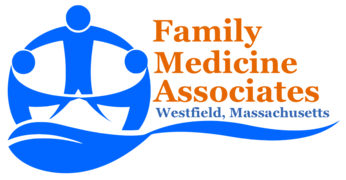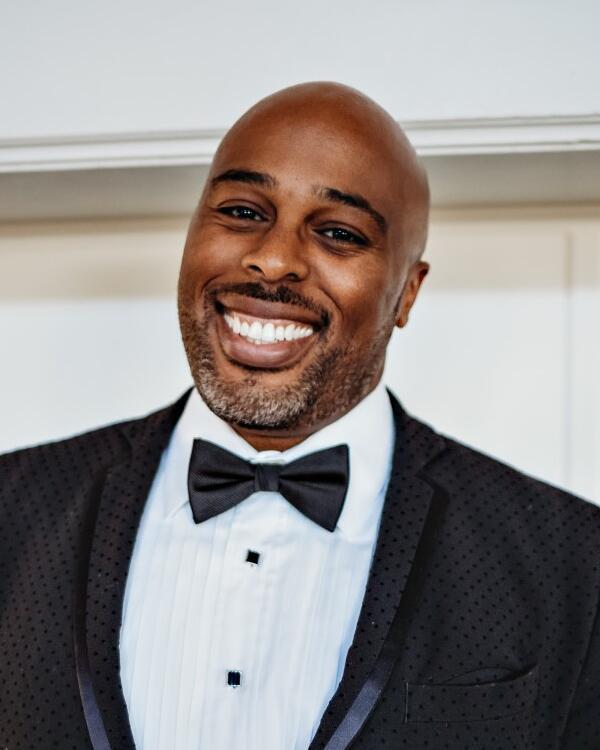Akinyele (ah-keen-YEH-leh) K. Lovelace, D.O., M.B.A.
Practice Focus
Specializes in the prevention and treatment of disease in adults.
Promotes Education to enable patients to make informed decisions about their health.
Manages chronic illnesses of adults, including but not limited to diabetes, heart and lung disease, and hypertension.
Board Certification
American Board of Internal Medicine
Residency
Newark Beth Israel Medical Center, Newark, NJ – Internal Medicine Chief Resident Program,
June 2008 – June 2009
New York College of Osteopathic Medicine, New York Institute of Technology, Old Westbury, NY
Saint Barnabas Health Care System of New Jersey – Newark Beth Israel Medical Center
Internal Medicine Osteopathic Medicine Chief Resident Program, June 2008 – June 2009
Newark Beth Israel Medical Center, Newark, NJ – Internal Medicine Residency Program,
June 2005 – June 2008
New York College of Osteopathic Medicine, New York Institute of Technology, Old Westbury, NY
Saint Barnabas Health Care System of New Jersey – Newark Beth Israel Medical Center
Internal Medicine Osteopathic Medicine Residency Program, June 2006 – June 2008
New York College of Osteopathic Medicine, New York Institute of Technology, Old Westbury, NY
Saint Barnabas Health Care System of New Jersey – Newark Beth Israel Medical Center, Rotating Internship – Internal Medicine Specialty Track, June 2005 – June 2006
Medical School
Philadelphia College of Osteopathic Medicine
Biography
- Board certified physician and results-proven healthcare executive with expertise in emerging healthcare trends and technologies.
- 15+ years of clinical experience in all facets of healthcare in large, complex, and integrated care systems.
- Adept at balancing strategic decisions and financial discipline with a hands-on approach to leadership resulting in strong employee, patient, and physician satisfaction.
- Passionate about creating a positive response in healthcare for rural, urban, and suburban communities.
- In depth knowledge of every aspect of healthcare delivery and educating providers on the true value of what they do.
- Tech savvy on emerging software trends to improve billing, collections, medical charting, and telecommunications.
- In demand speaker and subject matter expert on hospital relations, quality improvement, physician practice models, clinical information systems, and value-base care principles and concepts.
- Master of Business Administration (MBA) and Doctor of Osteopathic Medicine (DO).
- License to practice in Massachusetts, New Jersey, and Texas.

